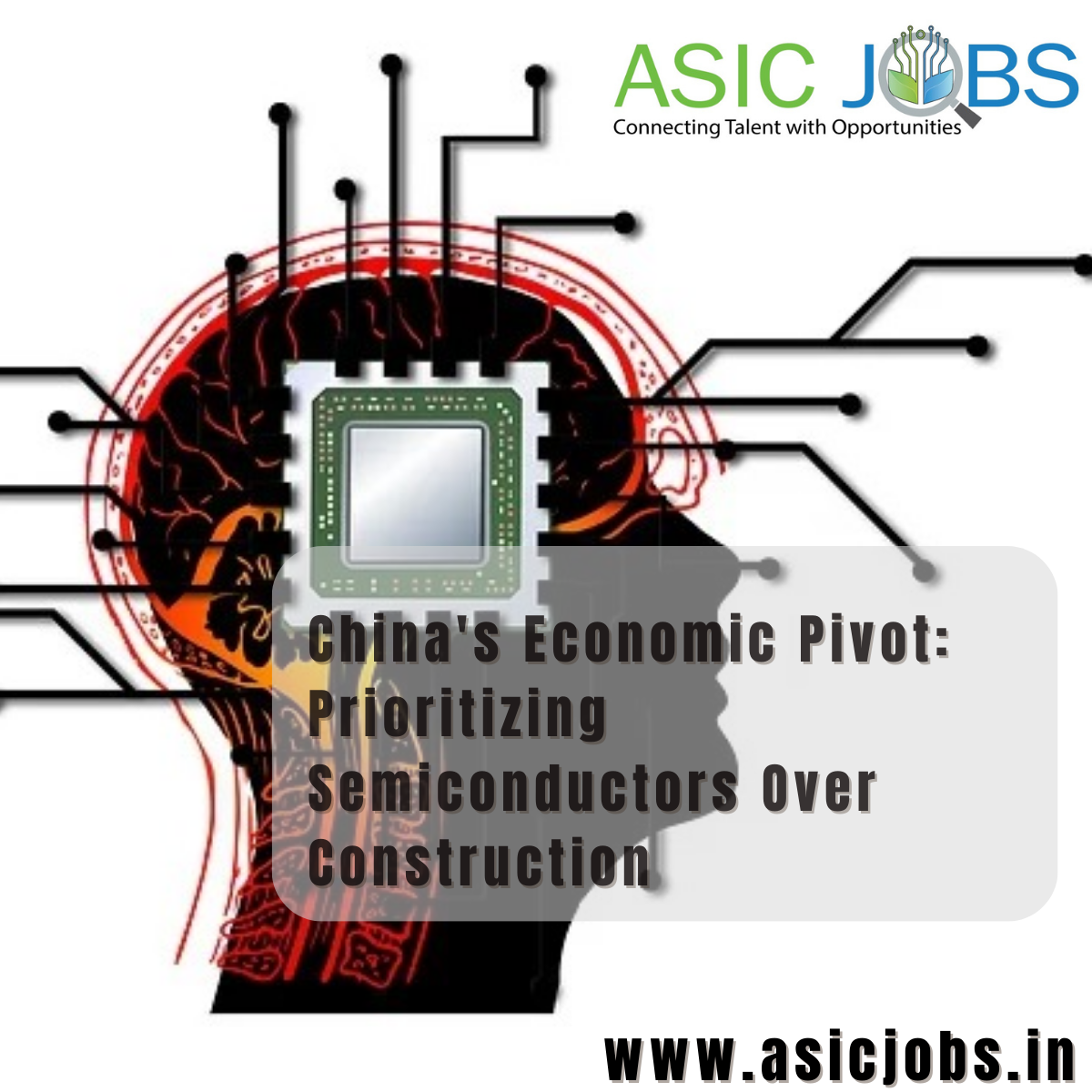China's Economic Pivot....

In response to China's economic challenges and the need to support the nation's fragile recovery
China's Economic Pivot: Prioritizing Semiconductors Over Construction
In response to China's economic challenges and the need to support the nation's fragile recovery, political leaders are gradually steering the economy in a new direction. They have recognized that relying solely on real estate and local debt for growth is no longer sustainable. Instead, China is focusing on boosting its manufacturing sector and increasing central government borrowing.
A significant development is the reduction in real estate lending by state-controlled banks for the first time since record-keeping began in 2005. These financial resources are now being channeled toward manufacturing, with a particular emphasis on burgeoning industries such as electric cars and semiconductors.
While this shift has its advantages, there are also risks involved. China already has an oversupply of factories, which could lead to increased exports, potentially straining relations with its trading partners. Additionally, China's increased lending and investment in manufacturing could pose challenges for Western countries attempting to promote similar industries.
The decision to reduce support for the real estate sector reflects Beijing's reluctance to bail out the debt-burdened property market, which constitutes a significant portion of China's economy.
China's leaders had initially expected a swift economic rebound in 2023 after lifting most COVID-19 restrictions. However, growth slowed in the spring and summer, and challenges persist, with recent declines in manufacturing activity.
At a recent conference presided over by Chinese President Xi Jinping, officials ordered more financial resources to be directed towards advanced manufacturing industries and local government support.
Amid the housing market's struggles, China is actively pushing for factory construction with government-backed financing, including in industries like solar panels, automobiles, and petrochemicals. Economists acknowledge the challenges but believe that investments in new manufacturing technologies will ultimately pay off.
The transition from real estate loans to manufacturing has been ongoing for several years in China's banking system, with significant increases in lending to industrial companies, including the semiconductor sector. While this shift might help spur short-term growth, it may not fully offset the long-term economic challenges posed by accumulating debt.
China's reliance on borrowing to fuel growth remains a constant in its economic approach, despite repeated efforts to curb its debt addiction. Local government debt has surged, leading to concerns about China's overall debt levels relative to its economic output.
In summary, China's evolving economic strategy involves reducing support for the real estate sector, increasing investments in manufacturing, and borrowing more at the central government level. These changes aim to address immediate economic challenges while positioning China for sustained growth, albeit with potential risks and long-term debt concerns.
Courtesy by: The Economic Times
- Share This Job



Write A Comment
No Comments